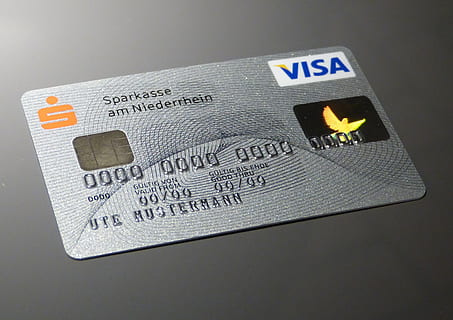Malicious Hacking: Referred to as “black hat” hacking, malicious hackers exploit vulnerabilities for personal gain, such as stealing sensitive information, conducting cyberattacks, or spreading malware. It not only undermines security measures but also contributes to the perpetuation of fraudulent activities. By adhering to legal and ethical online practices, consumers can protect themselves and contribute to a safer digital landscape.
Conclusion: Buying gift cards without CVV may seem like a shortcut for individuals seeking anonymity, but it’s important to understand the broader implications of this practice. Additionally, raising awareness about the potential risks associated with gift card fraud can help individuals and businesses stay vigilant and informed, mitigating the impact of such activities on both personal finances and the broader economy. Personal Identification: Dates of birth (DOB) serve as an additional personal identifier, helping distinguish legitimate cardholders from potential fraudsters who may possess stolen credit card information.
When making purchases, providing the ccv cvv helps confirm that the person using the card possesses the physical card itself. It acts as an additional layer of security, providing a means to verify the authenticity of a card during online transactions. Understanding the Significance of CVV: The CVV is a three- or four-digit code found on the back of most credit and debit cards. Conclusion: The prevalence of cyber card hacks underscores the critical importance of cybersecurity in today’s digital landscape.
By staying informed and practicing vigilant online behavior, individuals and businesses can better defend against cyber card hacks and contribute to a more secure online environment for all. Understanding the tactics employed by cybercriminals, recognizing the potential risks, and adopting proactive security measures are essential to safeguarding financial transactions. They work to strengthen cybersecurity and protect against potential threats. Ethical Hacking: Also known as “white hat” hacking, ethical hackers use their skills to identify vulnerabilities in systems, networks, and software.
Card Skimming: Card skimming involves placing small devices called skimmers on legitimate card readers, such as ATMs or point-of-sale terminals. The stolen information is then used to create counterfeit cards or make unauthorized transactions. These devices covertly collect card data when individuals swipe or insert their cards. Phishing and Social Engineering: Fraudsters often rely on social engineering techniques to manipulate individuals into sharing their credit card details.
They send phishing emails or text messages that appear to be from legitimate sources, asking recipients to provide sensitive information such as card numbers, CVV codes, or login credentials.